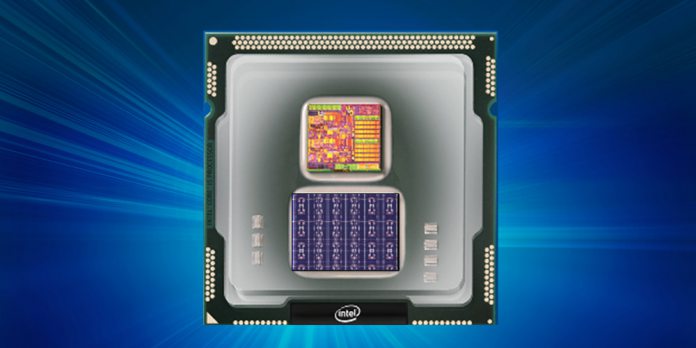1 Accelerating Research2 Not the First of its Kind
Mimicking real brain synapses, Loihi relays information in spikes, and adjusts its methods depending on the environment. As a result, it’s both faster than traditional neural nets and more efficient than current processors. In fact, Intel’s research puts suggests it’s up to 1,000 times more efficient than general-purpose chips. The company believes this combination has “enormous potential to improve automotive and industrial applications as well as personal robotics.”
Accelerating Research
As a result, it will be sharing the Loihi chip with leading university and research organizations in early 2018. The hope is to accelerate AI’s already rapid progress and bring some of sci-fi’s greatest imaginings closer to reality.
“Imagine a future where complex decisions could be made faster and adapt over time. Where societal and industrial problems can be autonomously solved using learned experiences,” says Intel Labs’ corporate vice president Dr. Michael Mayberry. “It’s a future where first responders using image-recognition applications can analyze streetlight camera images and quickly solve missing or abducted person reports. It’s a future where stoplights automatically adjust their timing to sync with the flow of traffic, reducing gridlock and optimizing starts and stops. It’s a future where robots are more autonomous and performance efficiency is dramatically increased.” For now, it’s early days, but Loihi still has some impressive features. It holds a total of 130,000 neurons and 130 million synapses, each neuromorphic core able to adapt network parameters unsupervised during its operation.
Not the First of its Kind
However, despite Intel’s big dreams and formidable hardware, some researchers remain skeptical. Facebook’s Yann LeCun has previously noted his skepticism for such efforts, maintaining that spiking neurons haven’t proven as powerful or flexible as software running on current chips. It’s also worth noting that IBM has been working on such hardware since 2011 under DARPA, which hopes to use it analyze drone footage. Its SyNAPSE chip has gone from 256 programmable neurons to 1 million, and 256 million programmable synapses. Unlike Intel’s effort, however, SyNAPSE can’t learn from incoming data, and that could make all the difference. Either way, the willingness of chip makers to be more adventurous can only be a good thing, and this recent development could spur further advancement.




